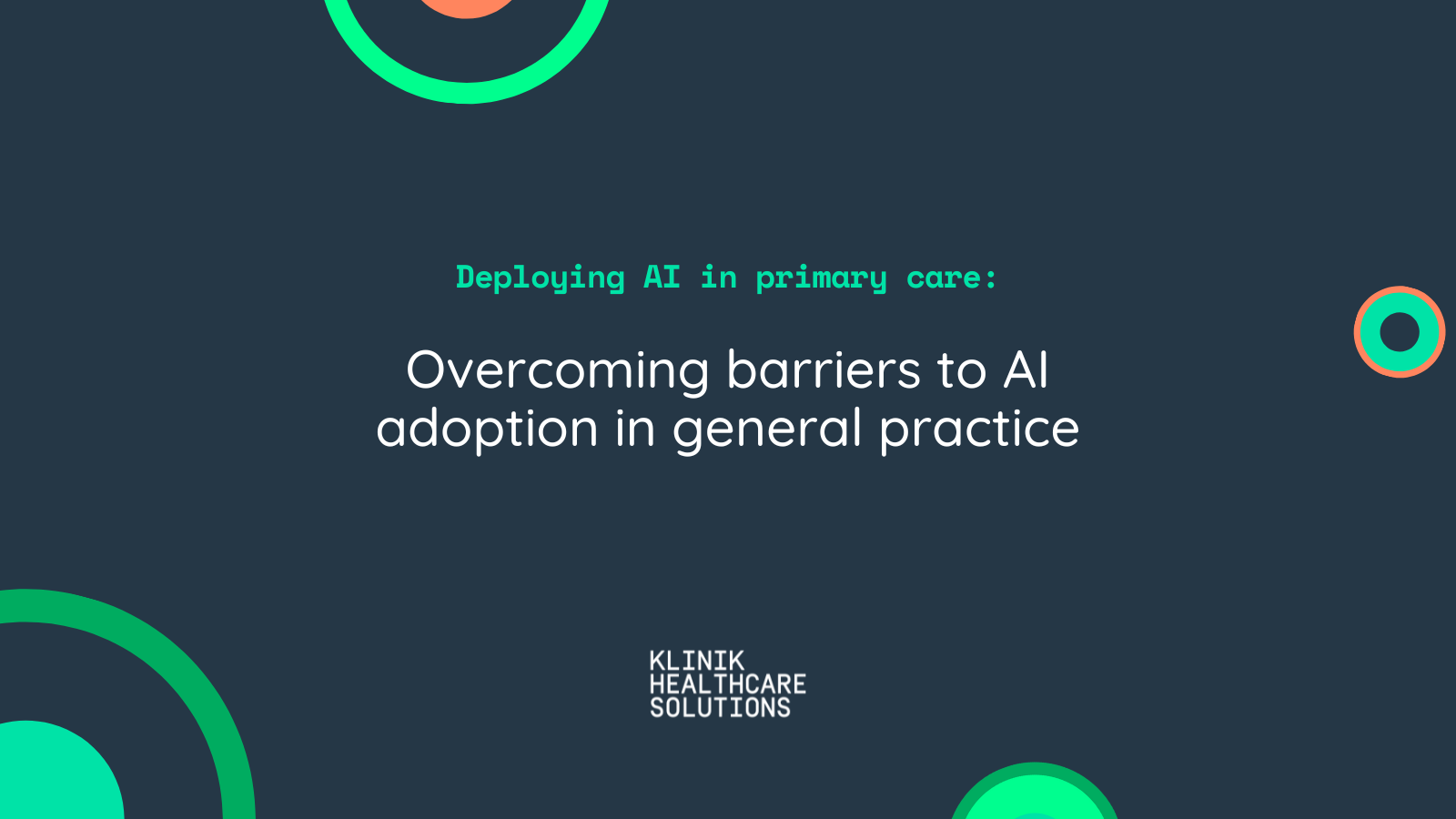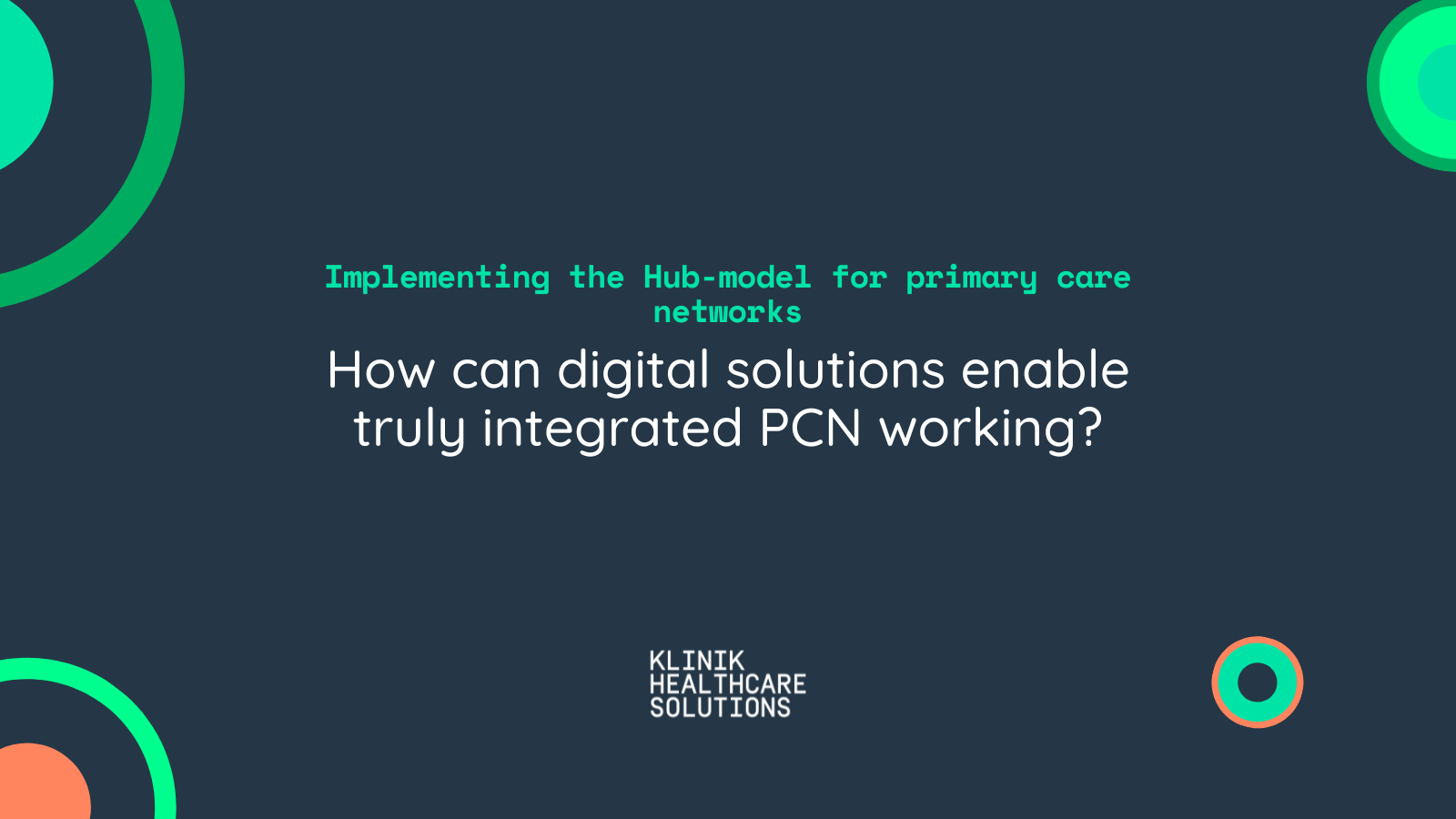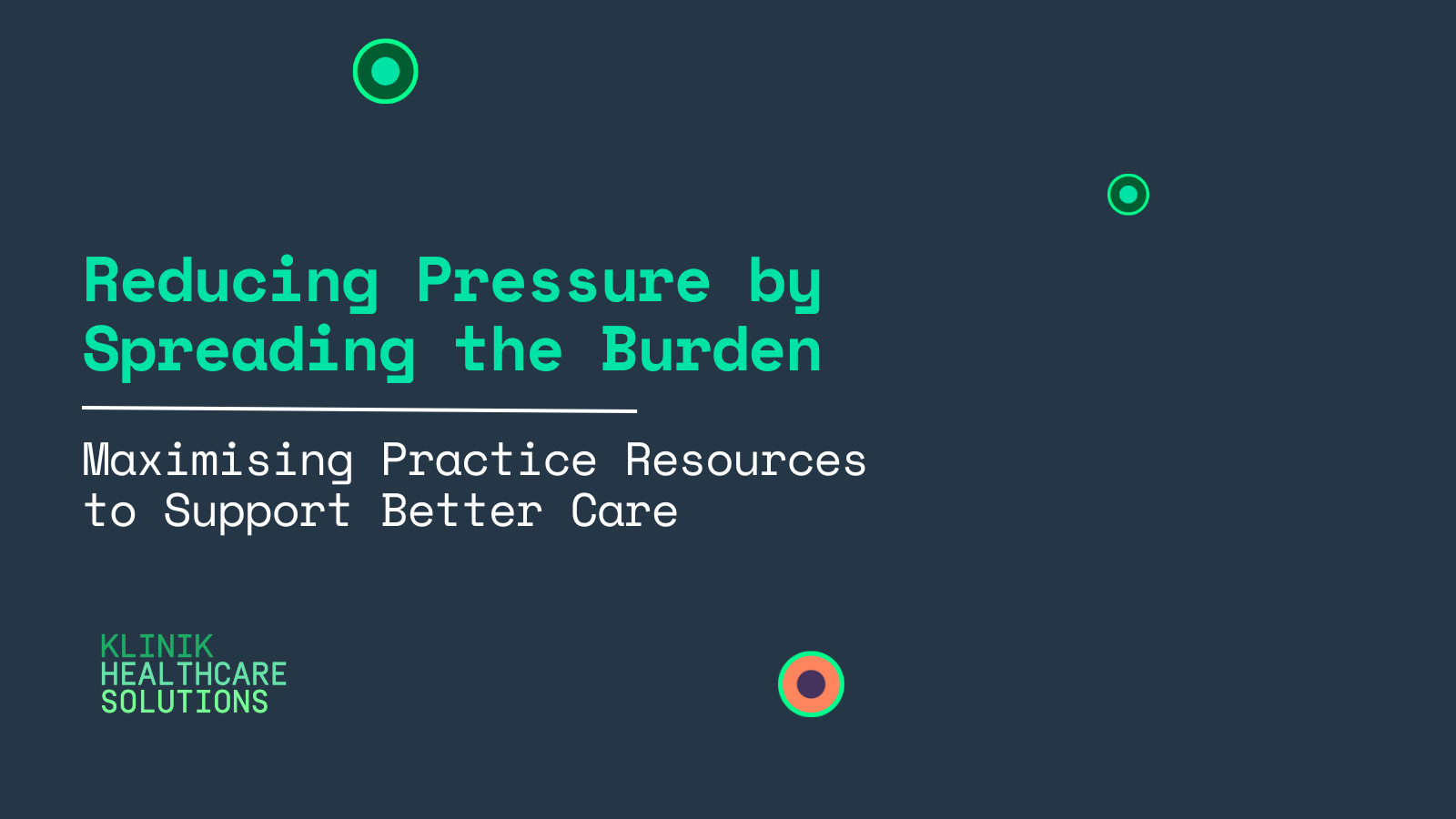Deploying AI in primary care: Overcoming barriers to AI adoption in general practice

Dr Rony Lindell is Medical Director at Klinik Healthcare Solutions and a practising GP.
The pressures on primary care teams are rising.
The combination of steady growth in patient demand, increased complexity of patient care needs, and limits on the availability of full-time, fully qualified GPs has put efficiency at more of a premium than ever.
Even before the emergence of large language models, artificial intelligence held huge potential for addressing these challenges. AI solutions have a broad range of applications within a typical GP practice, and, in many cases, are already transforming administrative and clinical operations, with benefits felt by clinicians, staff and patients.
For many GPs, however, the understanding of AI’s benefits and potential applications isn’t clear-cut.
As practices struggle with demand on clinical time, factors which serve to slow down the adoption of clinically validated solutions could serve to create additional pressures on clinical and admin teams – leaving them overwhelmed by demand while unable to rely solely on traditional ways-of-working.
AI has the potential to introduce critical efficiencies, save on clinical time, and support clinical decision making – but only if clinicians understand what’s possible, and what’s needed, both from the technical and human sides, to integrate AI into existing workflows and systems.
To achieve this, we need to define what’s possible, where the barriers to adoption lie, and develop the ways-of-working to support effective implementation, as well as the confidence to do so.
What barriers exist to greater adoption of AI in primary care?
The benefits of AI within primary care haven’t gone unnoticed by those in policy and planning roles, for whom new technologies offer the potential to streamline care delivery, transform the management of budgets and allocation of resources, and inform the development of population health management approaches.
Successive documents have highlighted the role of AI in improving patient access to care; NHS England’s Delivery plan for recovering access to primary care, published last year, outlined how AI tools, such as Klinik’s triage and patient flow management tool had been used by York’s Priory Medical Group in order to radically improve access to care.
Despite these examples, barriers to adoption remain. As recently as 2019, a survey of primary care teams found that less than 10% of those surveyed said they were applying AI to reduce or automate administrative tasks.
Resistance to change among primary care teams is holding back adoption
Resistance to change is often cited as one of the key blockers to AI adoption – but the motivations behind it vary, and understanding the varied drivers is critical to improving adoption and delivery enhanced patient outcomes.
AI solutions often fail to support existing workflows, and adaptation is costly.
The introduction of new technologies into clinical practice can be challenging – and while developers should be working closely with clinical and non-clinical representatives of the team to ensure that integration aligns with a practice or PCN’s ways of working, adaptation can often be required.
Where teams either struggle to understand the purpose or the benefits of an AI solution, their incentive to adapt may not be great enough to do so. Where adaptation required on the part of the clinician is too significant – often because implementation has been carried out with little regard to existing way of working – clinicians may be resistant.
Integrating AI into existing digital systems may not always be straightforward
The deployment of AI in healthcare typically requires solutions to integrate with existing solutions – either as a standalone solution, typically requiring clinicians to learn and adapt to a new system alongside others, such as their EPR, patient messaging solution, online access platform, or as a backend integration to an existing platform, less visible to the clinician.
In each case, interoperability of systems is needed if the AI is required to pull data to existing systems or to push it to others, such as an EHR. For standalone systems, the workflow issue again adds an additional barrier to adoption, requiring clinicians to add an additional layer to their workflow.
Lack of trust exacerbates these barriers
Finally, a critical factor in the adoption of AI is the extent to which clinicians perceive technologies as reliable; where primary care teams are sceptical about accuracy, or even where they believe tools may not deliver on promises to save time, their willingness to consider adoption may not be sufficient to overcome initial scepticism initial resistance to change.
How to overcome barriers to adoption of AI within primary care
The barriers to adoption of AI within your organisation may include any combination of those outlined above, but typically any plan for implementation requires a similar approach.
Be clear on what it is you are trying to change
The symptoms of patient access challenges take many forms – whether reception staff do not have the capacity to answer an influx of calls at a specific time, or that there aren’t enough appointments to offer one to everyone who needs one, there are few situations where plugging in a new digital solution will solve the problem overnight.
Here, a strategic approach to the adoption of AI is essential to ensure that expectations are managed and that there is a clearly defined purpose for an AI tool. When working with a new practice, we encourage management teams to identify their primary objectives as part of their digital transformation, and work with them to ensure the system enables these.
Help your teams to understand the benefits, and mitigate against potential friction
Whether its your patients or your staff that are resistant to the use of new tools, it’s critical that teams invest resources into bringing people on the journey. Early communication and engagement is critical, to outline what problem is being addressed, how a specific tool may help, and the likely impact – both for the problem, as well as on overall ways-of working.
Implementation should be approached in collaboration with patients and staff, so as to ensure that tools support or enable existing or create new, streamlined ways-of-working, rather than adding additional steps. Training on AI solutions will also help teams to overcome the lack of confidence that often comes from adoption of new solutions – and which may manifest in a resistance to their use.
Involve all staff in the implementation of new technologies – and seek support from digital transformation specialists
Ultimately, the successful adoption of AI in primary care requires an understanding of the key challenges the team is facing, a willingness to test and iterate, and a collaborative approach which involves practice managers, clinical and non-clinical staff, and a supplier that is able to support your practice’s specific needs.
Klinik has supported more than 500 primary care teams to improve access and streamline patient flow management using our AI-assisted triage solution. Our team works closely with practices to help them set clear objectives and develop bespoke clinical pathways, enabled through our online access platform, and guided by specialists in primary care digital transformation.
If you’re interested in exploring how AI could enhance clinical decision-making within your practice, improving access and freeing up capacity within your practice, speak to our team.








